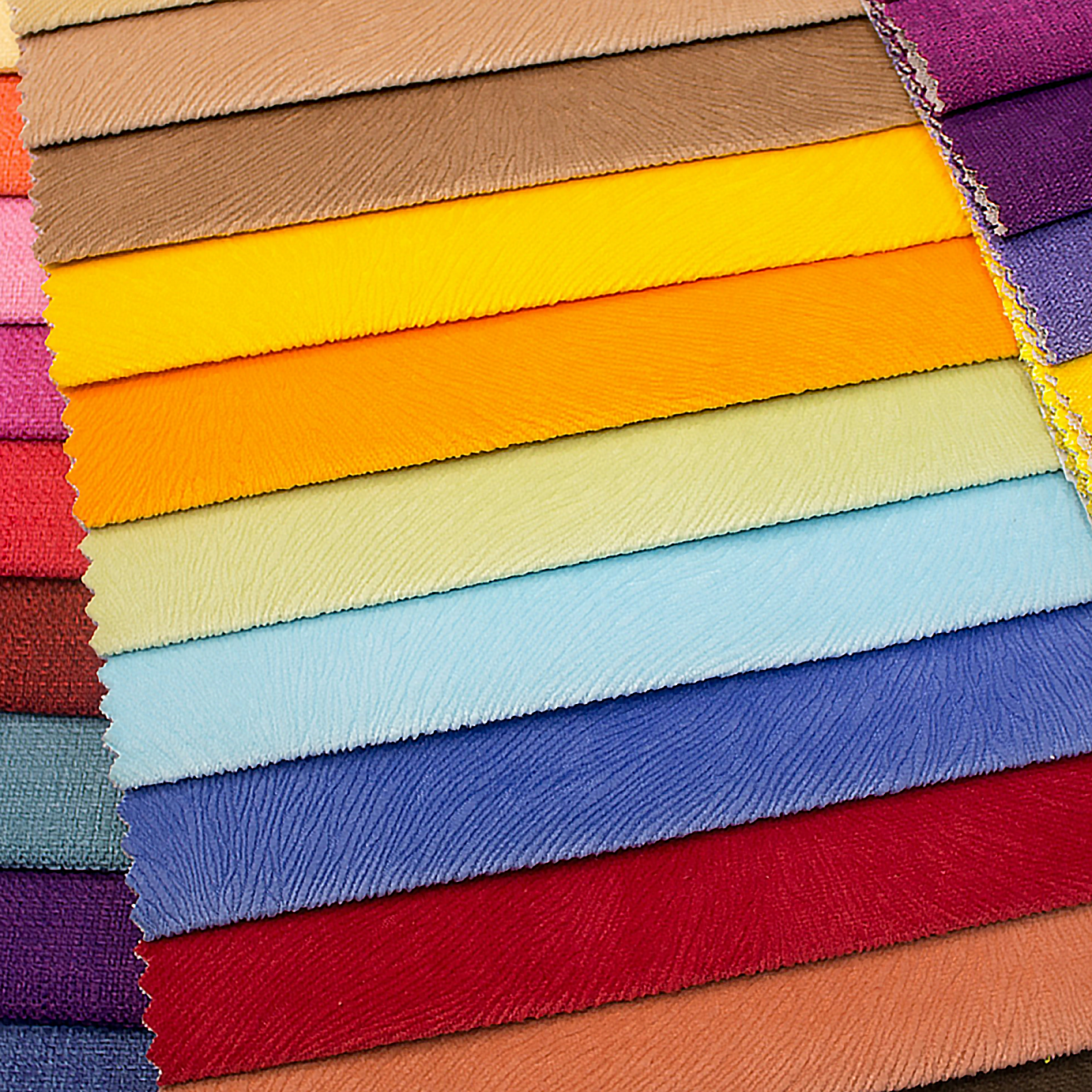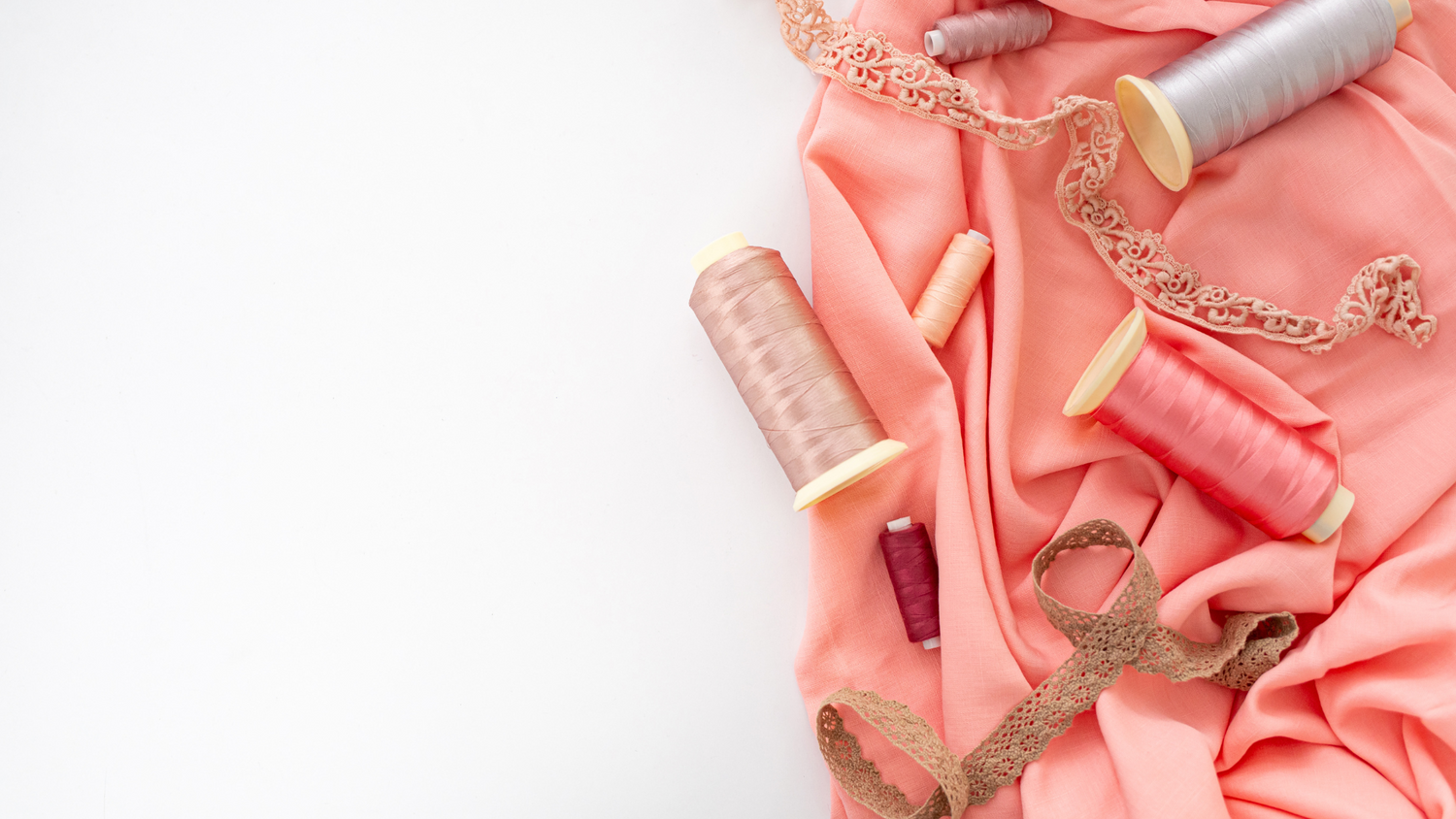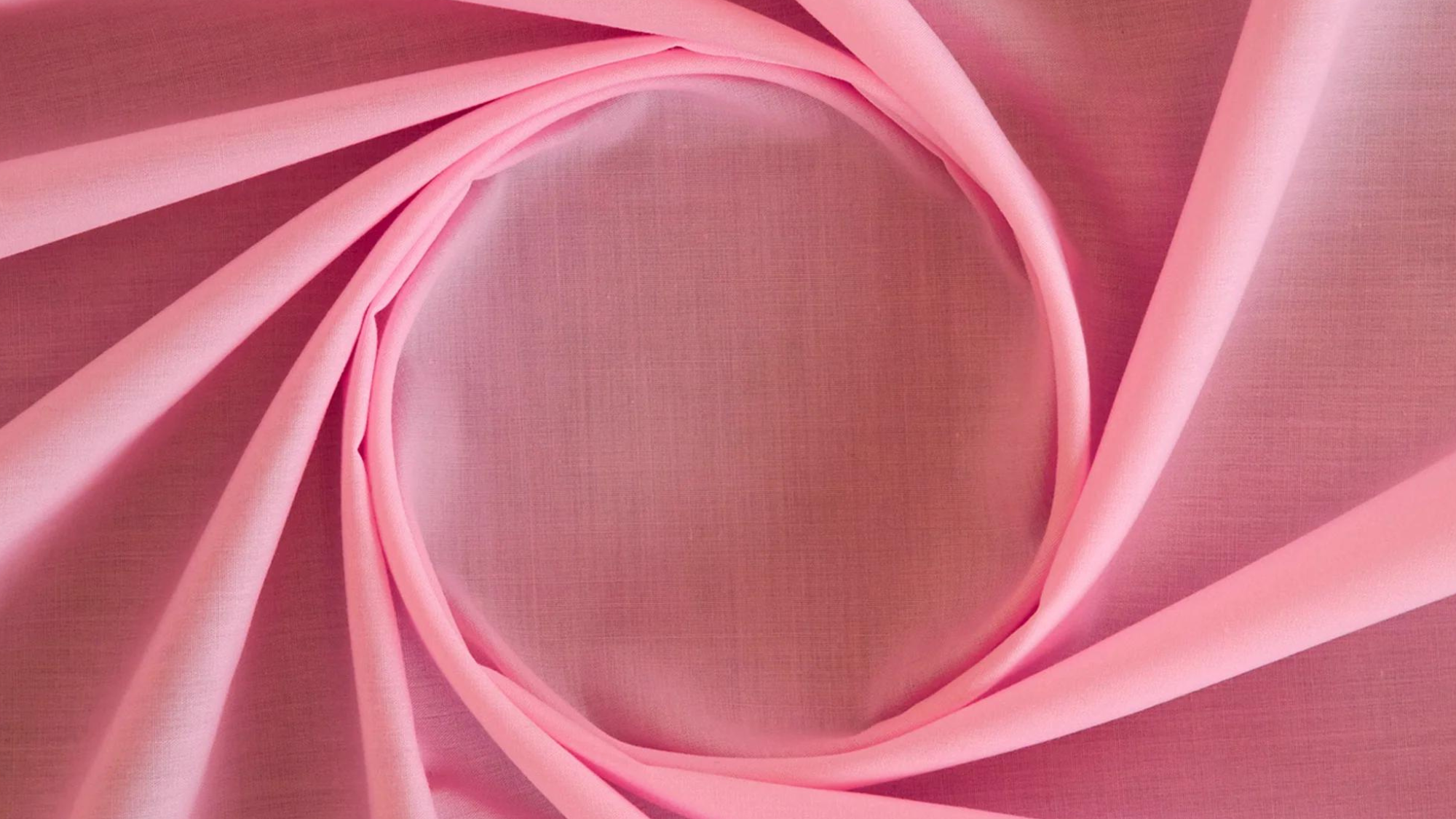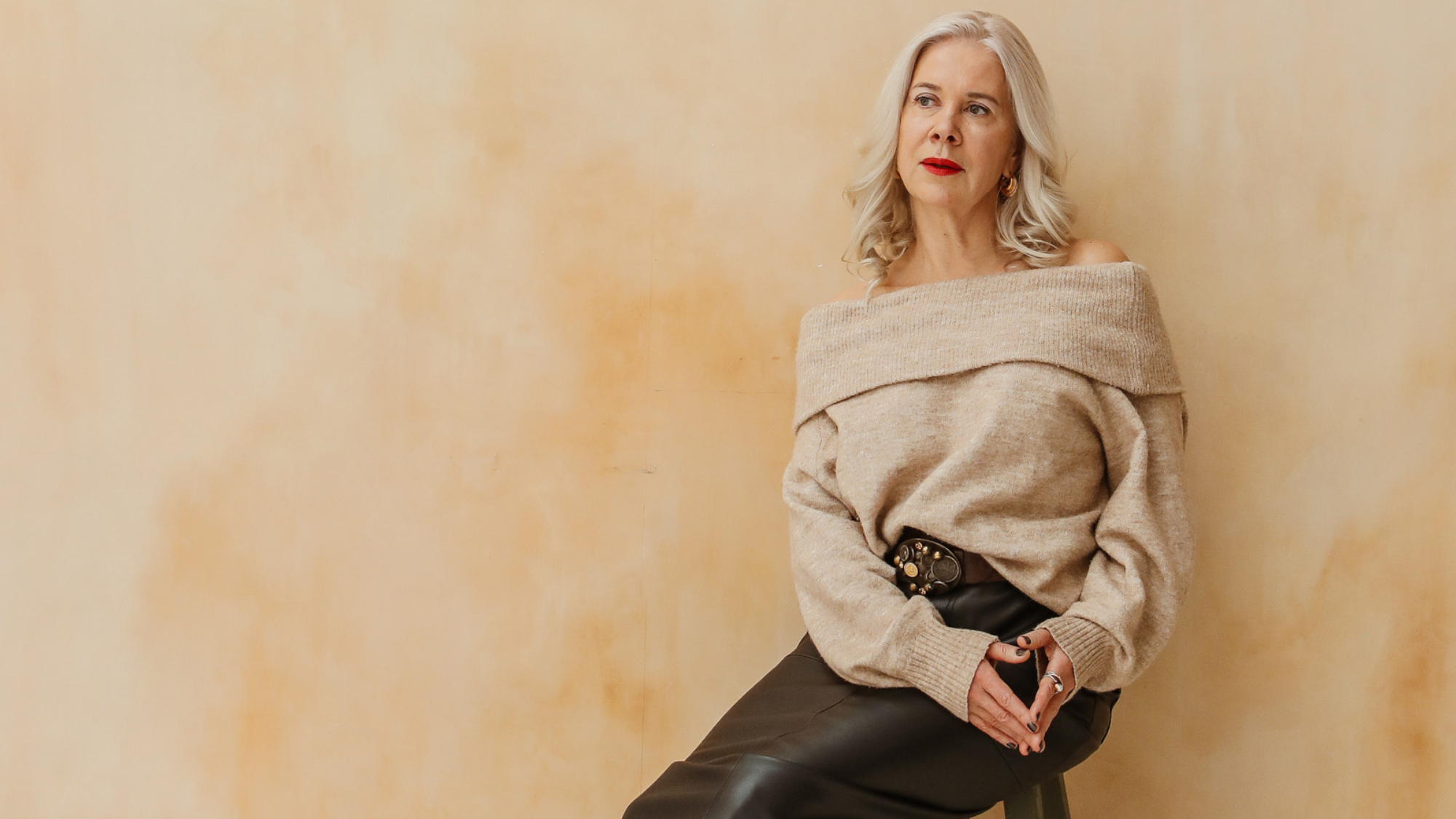When customers browse our fabric collections, one of the most common questions we hear is: "What can I actually make with just 2 yards of precut fabric?" It's a smart question. Two yards might seem like a modest amount, but it can yield surprisingly versatile results in the hands of a skilled designer or home sewist.
As a fabric wholesaler who's worked with fashion designers and garment manufacturers, we've seen how strategic fabric selection and smart pattern choices can maximize every inch of material. Whether you're testing a new design concept, working with a limited budget, or simply want to make the most of a beautiful fabric, understanding what 2 yards can accomplish will change how you approach your next project.
Let's jump right into it!
Understanding Fabric Width and Yardage
Not all 2-yard pieces are created equal. And the width of your fabric affects how much you can accomplish with your yardage.
For instance, most quilting cottons and basic woven fabrics come in 44-45" widths. With 2 yards of 44" fabric, you're working with approximately 3,168 square inches of material. This width works well for garments that don't require extensive piecing; think A-line skirts, simple blouses, or children's dresses.
Also, knit fabrics, stretch materials, and many specialty fabrics come in 45-60" widths. Two yards of 60" fabric gives you 4,320 square inches; nearly 40% more material to work with. This extra width makes all the difference when creating fitted garments, wider silhouettes, or pieces that require more fabric, like wrap dresses or palazzo pants.
Here's a practical example: 2 yards of 44" cotton might yield one adult skirt, while 2 yards of 60" stretch jersey could produce a fitted dress plus a top. The width determines what you can make and how efficiently you can use every precious inch of your fabric.
Choosing The Right Fabric for Your Project
As any experienced tailor knows, fabric selection makes or breaks a project. Two yards of our silk charmeuse will behave completely differently from two yards of our heavyweight denim, and your pattern choice should reflect these differences.
1. Cotton & Muslin:
Cotton fabric by the yard offers crisp, breathable options that work beautifully for structured garments. Naturally, cotton holds its shape well, and this makes it ideal for beginners who need predictable results. Muslin also works for testing patterns before cutting into more expensive materials.
2. Knits & Jerseys:
ITY (Interlock Twist Yarn) jersey, DTY (Draw Textured Yarn), and other stretch fabrics open up possibilities for body-conscious silhouettes that would be impossible with woven materials. Two yards of quality jersey can create multiple fitted tops, while ponte knits offer enough structure for professional-looking skirts and dresses.
3. Flowing fabrics:
Chiffon, georgette, and charmeuse create beautiful draping effects. These fabrics work well for romantic silhouettes, evening wear, and layered pieces. For example, two yards of chiffon can create a stunning maxi dress or multiple flowing tops.
When selecting flowing fabrics for romantic silhouettes and evening wear, understanding the subtle differences between similar lightweight materials helps you achieve your desired drape and movement. While both create beautiful effects, chiffon offers a more delicate, sheer quality compared to georgette's slightly heavier texture and matte finish. For detailed guidance on choosing between these popular flowing fabrics based on your project's specific requirements, explore our comprehensive comparison of chiffon versus georgette fabric to select the ideal material for your 2-yard creation.
4. Specialty Fabrics:
Satin, mikado, and taffeta provide body and structure to garments. These work well for formal pieces, structured skirts, and garments that need to hold their shape. A stretch satin can offer the best of both worlds: structure with comfort.
When planning formal pieces or special occasion garments with your 2-yard allotment, satin's unique combination of structure and elegant drape makes it particularly well-suited for sophisticated silhouettes.
Beyond its visual appeal, satin's technical properties—including colorfastness, wrinkle resistance, and flattering sheen—explain why designers consistently choose this fabric for bridesmaid dresses and evening wear where both appearance and performance matter. For comprehensive insights into why satin fabric is a top choice for bridesmaid and special occasion dresses, including care requirements and styling considerations, explore our complete guide to this versatile formal fabric.
5. Textured Fabrics:
Velvet, metallic knits, and textured fabrics can create stunning statement pieces. While these might seem challenging for 2-yard projects, they excel at creating elegant camisoles, evening clutches, or decorative accent pieces.
When working with luxurious textured fabrics for statement pieces, understanding the distinction between velvet types prevents costly purchasing mistakes and ensures your project achieves the desired weight, drape, and finish. While both create rich, plush surfaces, velvet and velveteen differ significantly in construction, durability, and appropriate applications.
For comprehensive guidance on selecting between these elegant textile options based on your garment type and care requirements, review our detailed breakdown of velvet versus velveteen key differences and best uses to maximize your 2-yard investment in these premium materials.
What Can You Sew With Two Yards of Fabric?
1. Skirts
A 2-yard piece of fabric can create beautiful skirts with different styles. With careful planning, you can often stretch 2 yards further than expected. Depending on fabric width and your desired length, you might even create two shorter skirts or one longer skirt with matching accessories.
An A-line skirt is one of the most fabric-efficient options. It flatters many body types and is beginner-friendly. Fabrics like cotton twill or ponte knits are ideal for this style since they hold their shape well and are forgiving during construction.
For a more relaxed look, go for a gathered skirt. It offers soft fullness and movement, and surprisingly, doesn’t require as much fabric as you might think. Lightweight materials such as chiffon or cotton voile drape beautifully in gathered designs.
2. Dresses
Two yards can also be enough to create stunning dresses with the right style and fabric pairing.
A simple sundress is one of the easiest options. You can use straight silhouettes with minimal seams to make efficient use of fabric, or lightweight rayon prints give the dress an effortless charm. You choose!
For something more structured, opt for a shift dress. Since it’s straight, you can use the fabric like printed ponte fabric by the yard or textured knits fabric by the yard, to give it stylish, professional finish.

Scuba Stretch Knit Fabric by the Yard
When it comes to sleeves, creativity can stretch your yardage. Consider going sleeveless, or use a contrasting fabric for the sleeves. This approach maximizes your fabric and adds unique design interest to your dress.
3. Blouses and Tops
If you’re looking for the most economical way to build variety into your wardrobe, or even a small collection, two yards can go a long way with blouses and tops. The trick is to pick patterns that use fabric efficiently.
Short-sleeved or sleeveless styles are the easiest place to start. Crisp cotton shirting or lightweight wovens are perfect for professional-looking blouses, while soft knits make casual tops that are comfy and easy to finish.

Cotton Plain Weave Fabric by the Yard
For a more tailored look, go for a button-down shirt. Cotton poplin or cotton-linen blends are great choices here. You might have to simplify details like collars or cuffs, but that often leads to cleaner, more original designs anyway.

If you want maximum impact with minimal fabric, try blouses that feature interesting necklines like cowls, boat necks, or asymmetrical cuts. These styles often take less fabric than a traditional collared shirt but still feel fresh and stylish. Fabrics with good drape, such as rayon jersey or lightweight modal, really shine for these looks.
4. T-shirts
With 2 yards of appropriate knit fabric, you can create multiple basic T-shirts. This makes it a smart choice for anyone building a capsule wardrobe, testing out new designs, or experimenting with small-batch production.
Fabrics like DTY jersey and cotton-lycra blends are perfect for T-shirts. They’ve got just the right balance of stretch and recovery, so your shirts hold their shape wash after wash. With 2 yards of 60" wide knit, you can usually squeeze out 2–3 adult tees, depending on the size and cut.
What’s great is how much variety you can create from the same basic pattern. Switch up the neckline, say, crew, V-neck, or scoop. You can also play with sleeve lengths or finishes to get more options without using extra fabric.
The beauty of working with knits for T-shirts is the forgiving nature of the fabric. The stretch naturally accommodates different body types, which means your T-shirts will feel comfortable and flattering for a wide range of wearers.
5. Pajama Sets
Two yards of fabric are often just enough to make a cozy, coordinated pajama set. The trick is to stick with simple patterns and fabrics that put comfort first.
Brushed cotton fabric by the yard and modal knits are both excellent choices. They’re soft against the skin, breathable enough for a good night’s sleep, and easy to wash and wear. With two yards, you can make a pair of pajama pants and a simple top or camisole.
If you’re looking to save fabric or you live in a warmer climate, sleep shorts are a great alternative to full-length pants. They’re quicker to make, more versatile year-round, and you can even play with mixing and coordinating prints for a fun, personalized set.
Another bonus? Pajamas are straightforward to sew, and you can use them to practice techniques like elastic waistbands or French seams without the pressure of constructing more formal outerwear.
6. Shorts
Two yards is just the right amount for a great pair of shorts, and the style possibilities are wide open. Whether you’re after something casual for the weekend or a more polished walking short, it all comes down to the fabric you choose and the finishing details you add.
For a structured, professional look, go with cotton twill or linen fabric by the yard blends as these fabrics hold their shape beautifully. However, if comfort and movement are the priority, performance knits or cotton-lycra blends are perfect for athletic or relaxed styles.

Rayon Linen Fabric by the Yard
Tailored shorts take a bit more planning, but they’re absolutely doable with two yards. Small details like welt pockets, contrast trims, or even a coordinating belt can elevate the design without eating into your fabric allowance.
What’s more interesting about making shorts is that they’re a great learning project. You can practice tailoring techniques like inserting zippers, setting pockets, or constructing waistbands, all on a smaller scale, before tackling a full-length pair of pants.
7. Children's Clothing
When it comes to kids’ clothes, two yards can stretch a long way. Because of the smaller scale, you can often get a full outfit or even a couple of pieces out of the same bundle.
For little girls, go for dresses. Cotton prints and knits make them soft, washable, and durable enough for active play. Simple construction goes a long way here, but you can still add charming touches like smocking, contrast trims, or even coordinating bloomers.
For boys, two yards is usually enough for shorts and shirts. Crisp cotton shirting works well for button-downs, while knits are perfect for casual playwear. Look for patterns with minimal pieces and straightforward seams to maximize your fabric.
Children’s clothing is also the perfect place to have fun with bold prints and bright colors. These design choices might feel overwhelming in adult garments, but they will (definitely) look absolutely delightful on kids.
8. Crop Tops
Crop tops are a fun and stylish way to get the most out of two yards of fabric. Because of their shorter length, you can often make more than one top or even create a matching set with coordinating bottoms from the same fabric.
Stretch knits are great for fitted crop tops that move with the body, while lightweight wovens give a more structured, tailored look. You can play around with details like necklines and sleeves (off-shoulder, halter, or long-sleeved versions) to provide a completely different vibe.

The cropped top works well when you pair it with high-waisted skirts, pants, or shorts. This is because it creates flattering proportions, and opens the door to mix-and-match sets that feel versatile.
9. Tank Tops and Camisoles
Tank tops and camisoles are wardrobe essentials that use minimal fabric while providing maximum versatility. With two yards, you can make several pieces, which makes them a smart choice for layering systems, capsule wardrobes, or even coordinated collections.
For a touch of luxury, use a silk and rayon blend. They drape beautifully and create camisoles that work just as well for lounging as they do layered under a blazer. For everyday wear, cotton and cotton-blend knits are perfect for breathable tanks that transition easily between warm-weather outfits and activewear.

Dakota Rayon Linen Fabric by the Yard
Small construction details can take these simple garments up a notch without using extra fabric. Think built-in shelf bras, adjustable straps, or contrast binding – all of which add function and style while keeping yardage requirements low.
10. Wrap Skirts
Wrap skirts are one of the smartest ways to use two yards of fabric. Because they’re adjustable, they work beautifully across different body types without the need for precise fitting. The simple wrap construction also makes them fabric-efficient with very little waste.
Rayon prints and lightweight cotton blends are ideal choices here. They offer just the right amount of drape to create that fluid wrap effect, while still providing enough structure to hold the silhouette in place. Depending on your yardage and fabric width, you can experiment with midi or maxi lengths for elegant proportions.

Rayon Lawn Print Fabric by the Yard
11. Simple Jumpsuits and Rompers
While some jumpsuits call for a lot of fabric, simpler styles can absolutely be made with two yards, especially if you’re working with wider widths or fabrics that stretch and mold to the body.
Stretch fabrics are your best friend here. They provide built-in flexibility for fit, meaning you can skip complicated seaming and still have a flattering result. You can go sleeveless or use minimal sleeve detail to manage your fabric.
If you want something lighter and playful, consider rompers, which use even less fabric than full jumpsuits. They’re perfect for warm-weather wear, and fabrics like lightweight cottons or rayon blends keep them breezy, comfortable, and easy to sew.
Home Décor Projects with 2 Yards
Two yards of fabric opens up numerous home décor possibilities that can refresh your space or provide samples for larger interior projects.
1. Pillow Covers:
A great starting point is pillow covers. With two yards, you can make two to three standard-sized covers, depending on the width of your fabric and the style you choose. Home décor weights and upholstery fabrics are perfect here since they’re durable and hold up to everyday use. For a polished finish, try envelope closures for simplicity or invisible zippers.
2. Table Runners and Placemats:
Two yards also works for a coordinated table setting that pulls your dining space together. You can easily create a long table runner and a set of placemats to give your table a cohesive, stylish look. Canvas weights and printed cottons work well here since they’re sturdy but still easy to sew. For extra flair, use leftover fabric to make matching napkins or trivets to tie the whole set together.
3. Café Curtains:
Two yards can be just enough for small windows or café-style curtains. Sheers and lightweight cottons are perfect for these curtains because they allow light to filter through while still offering privacy.
4. Chair Cushion Covers:
Two yards is often plenty to give dining chair cushions or small accent chairs a fresh new look. Use upholstery-weight fabrics for durability or bold prints to add personality to neutral furniture. Another option is to use a -on or tie-back style to give your chairs a different look.
Common Mistakes to Avoid with 2-Yard Sewing Projects
1. Choose simple fabrics. The biggest mistake we see is selecting patterns that require more fabric than you have available. Always check pattern requirements against your actual yardage, accounting for fabric width differences.
2. Consider Seam Allowances and Shrinkage. We recommend that you purchase slightly more than the pattern requirements when working with natural fibers that may shrink.
3. Think of the fabric behavior. A pattern designed for woven fabric won't work the same way in knit, and vice versa. Consider how your chosen fabric drapes, stretches, and behaves before committing to a specific pattern.
4. Layout your pattern pieces before cutting to ensure everything fits efficiently. We recommend using pattern weights rather than pins to avoid shifting during this crucial planning phase.
Conclusion
Two yards of fabric is far from limiting. It's an opportunity for creativity, efficiency, and strategic design thinking. Whether you're developing new styles for production, creating custom pieces for clients, or building your own wardrobe, understanding how to maximize limited yardage is a valuable skill.
The key lies in smart fabric selection, appropriate pattern choice, and understanding how fabric width affects your possibilities. Remember that working within constraints often leads to more innovative solutions. Some of the most elegant garments we've seen have come from designers who learned to maximize every inch of beautiful fabric.




